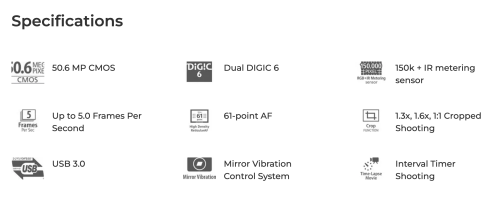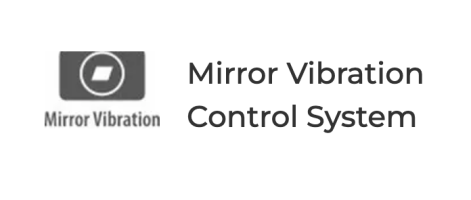D
Deleted member 383640
Guest
Maybe they didn't make a big deal out of it, but they certainly mentioned this new feature often and in many places.I don't recall them making a big deal about it, though, and that sort of makes sense.
Detailed Features
"...Reduced mirror vibration for maximum sharpness. The EOS 5DS R uses Canon’s Mirror Vibration Control System to reduce vibrations caused by internal movements within the camera, which can spoil image sharpness and reduce resolution. Cams are used to drive the mirror up and down in a more controlled fashion, avoiding any sudden stops and also softening the shutter-release sound. ..."


Upvote
0
